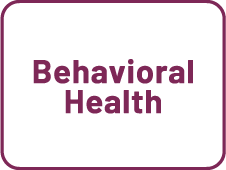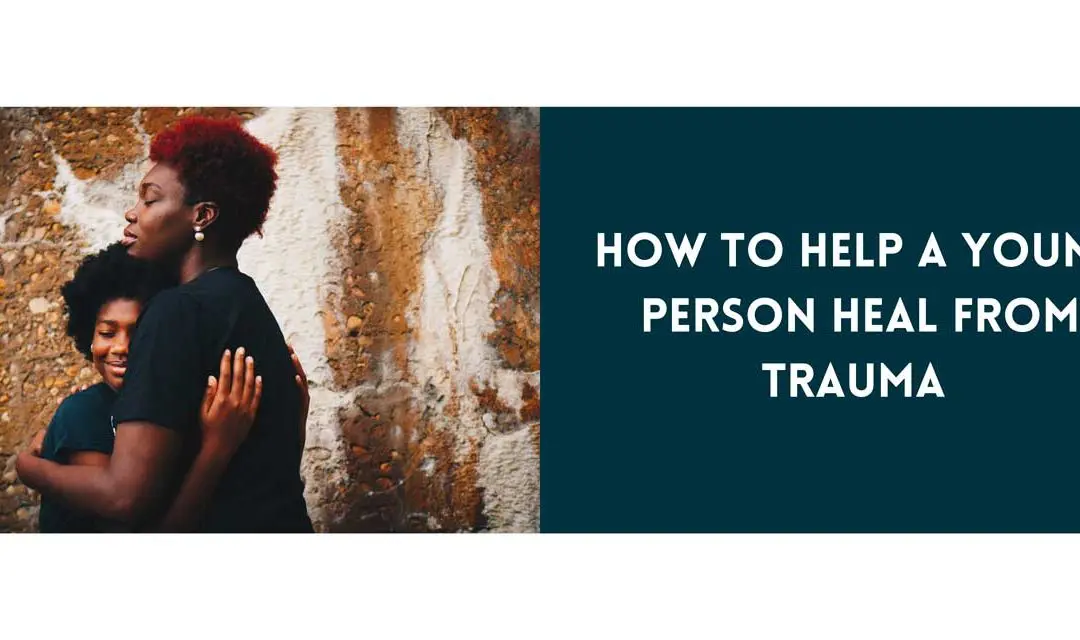by Bre Guzman – notMYkid Program Coordinator
Young people are more exposed to events of tragedy (through media coverage) now than ever before. A tragic event can activate a young person’s memory of their own trauma without having been at the event themselves. The memories of their own trauma can cause them to feel fear, anxiety, panic, abandonment, worthlessness, and other core emotional experiences. These reactions to a tragic event are an example of the autonomic nervous system coming to play under stress. Dr. Robert Sapolsky, a neuroendocrinology researcher, and author suggested that the autonomic nervous system is more powerful than our thoughts and emotions. It is a region of the brain that is not changed through logic, words, or avoidance. Our reactions to trauma can create patterns in the autonomic nervous system that can persist throughout our lives and cause people to relive their experiences of trauma in their bodies each time a tragedy occurs.
There is hope. An empathetic and safe relationship with an educated adult can help a young person heal from trauma and regulate the effects of trauma on the brain. Whether you are a parent, teacher, counselor, prevention specialist or community member, there is a step-by-step process to help a young person calm and restore the autonomic nervous system.
The following eight steps to help a young person heal from trauma and foster resilience are from Dr. Sharon Stanley, psychologist, and author of Relational and Body-Centered Practices for Healing Trauma: Lifting the Burdens of the Past.
1) Prepare Yourself – to be helpful to a child who has experience a traumatic event, you need to be calm and attuned to the child. Begin by bringing awareness to your own body and breath, and by connecting to your compassionate heart.
2) Establish Safety – assure the child that you will stay with her/him. Use language that reflects her/his age and ability to understand and feel connected to you. “I want to help you, and I am going to stay with you as long as you need me”.
3) Educate – Let the child or teen know how you can help them. “Brain science teaches us that getting beyond terrifying events has more to do with calming our nervous system than any particular words we speak. This event has likely caused trauma in your body; and it doesn’t yet know that you are safe. I would like to help you, it that feels okay.”
4) Start Slowly – Your voice should be soft, calming and slow. Ask “what happened that you would like me to know about?” Listen to the story and watch the child until you notice changes in her body or agitation, like sudden change in skin tone (grey, pale, redness), tone of voice, eyes, posture, or tears. As soon as you notice one of these changes, ask the child to pause the story. “Now it’s time to tune into what your body is telling us.”
5) Establish Somatic Empathy – make sure the child is comfortable with both feet on the ground. Feel into the experience of the child as you watch his face, eyes, and body posture. Tune into his body’s story. “Tell me what’s happening in your body right now?” (stomach hurts, jaw is tight, nauseous, etc.). Notice what is happening in your own body. This is called somatic empathy, your ability to feel what another person feels in their body.
6) Sense Gravity – you and the child are developing a relationship to release trauma and calm the child’s autonomic nervous system. Invite the child to feel the ground with her feet. When you sense she can feel the ground, invite her to see if she can feel how gravity pulls her feet to the earth. You can ask her to lift one leg and let it drop. What’s important is to allow the child to sense gravity and how it pulls our bodies to the earth.
7) Engage with Gravity – when we can feel gravity, we can release tension from trauma into the earth. Return to what the child is experiencing in his body. “When you notice the ache in your stomach, imagine gravity pulling that tension down into the earth,” Invite the child to make slow, small movements in his facial and neck muscles. This encourages healing neural activity. Then return to other areas that feel tension and repeat the process of letting go.
8) Reflect and Rest – reflect on the process by asking, “what do you notice now that is different than it was before we went through this exercise?” Bringing awareness through reflection is an important part of learning how to take care of ourselves and build resilience. Next, inquire “what feels right for you to do now? Would you like to tell me more of the story or take a rest?” If the child doesn’t know what they want next, suggest a rest.





How can I find more help for my daughter as well the rest of the family after she has been rapped. We did go to the police and made a report
Thank you for sharing your situation and taking the initiative to get assistance. Here’s what you can do, you can inquire about being assigned and find out if the Police Department has a Victim Advocate. They should also be able to refer you to local resources. If you are in Arizona, notMYkid offers individual and family trauma therapy. You can call our office at 602-652-0163 and ask to speak with our Client Care Coordinator.